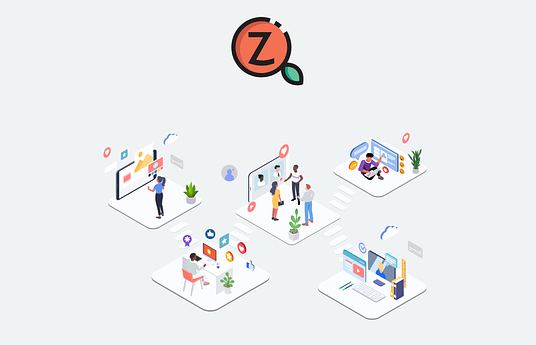We created this innovation to address the low development of socio-emotional skills in children, along with the limited provision of environmental and socio-emotional education in the school curriculum. Additionally, we identified a significant opportunity in rural schools, given their ample physical space, making them ideal for implementing a green learning laboratory.
Our innovation, a green native learning laboratory, co-designed and co-planted by the school community, is intricately integrated into the curriculum of rural schools. It features outdoor spaces designed not solely for environmental and socio-emotional learning, but also for teaching various subjects like mathematics, science, art and language. Students immerse themselves in activities such as gardening, ecological experiments, and in cases mindfulness exercises, all within the abundant physical space available in rural schools. This holistic approach fosters a deep understanding of the environment while nurturing essential socio-emotional skills in a supportive outdoor setting.
The expansion of our green learning laboratory has been driven by partnerships with educational institutions, local communities, and government agencies. Through collaborative efforts, we've shared our model with other rural schools, hosting workshops and training sessions to empower educators to implement similar initiatives. Additionally, word-of-mouth within educational circles and positive outcomes observed in participating schools have sparked interest and further dissemination. As a result, our innovation has gradually spread to more rural communities, enriching the educational experience for children across diverse regions.
If you're interested in trying our green learning laboratory, here's what you should do:
1. Be a community committed to the holistic development of children.
2. Ensure active participation from the educational community.
3. Demonstrate to be a teacher willing to educational innovation.



